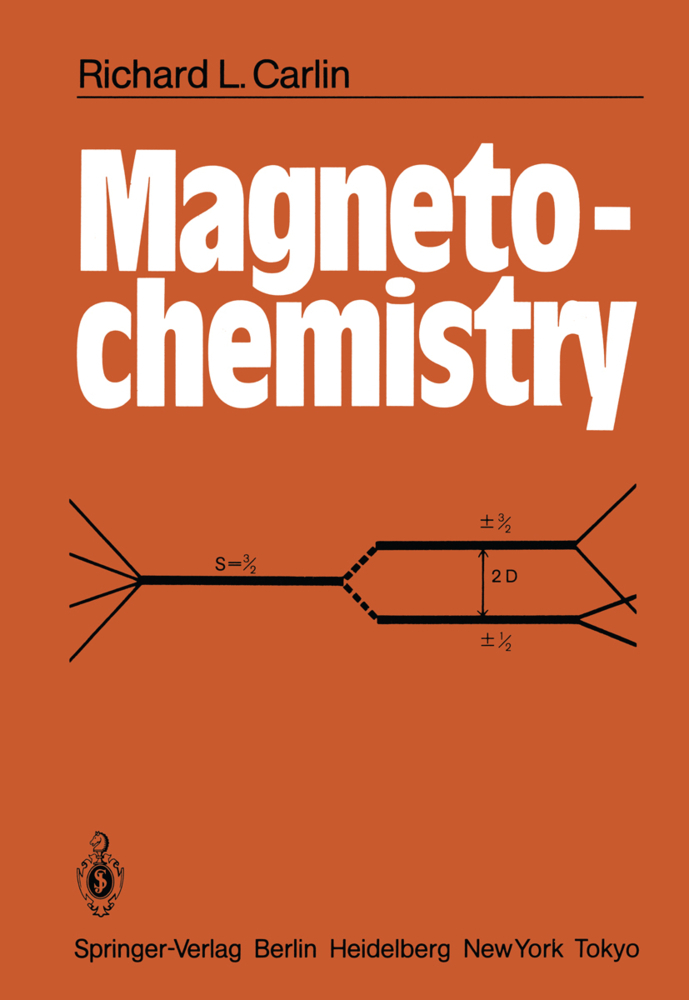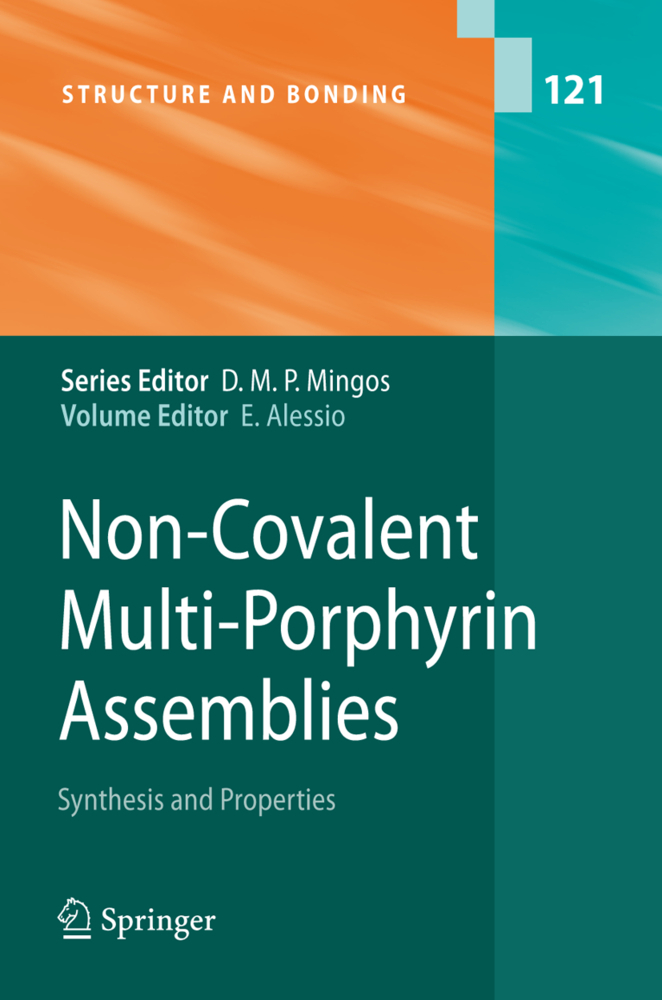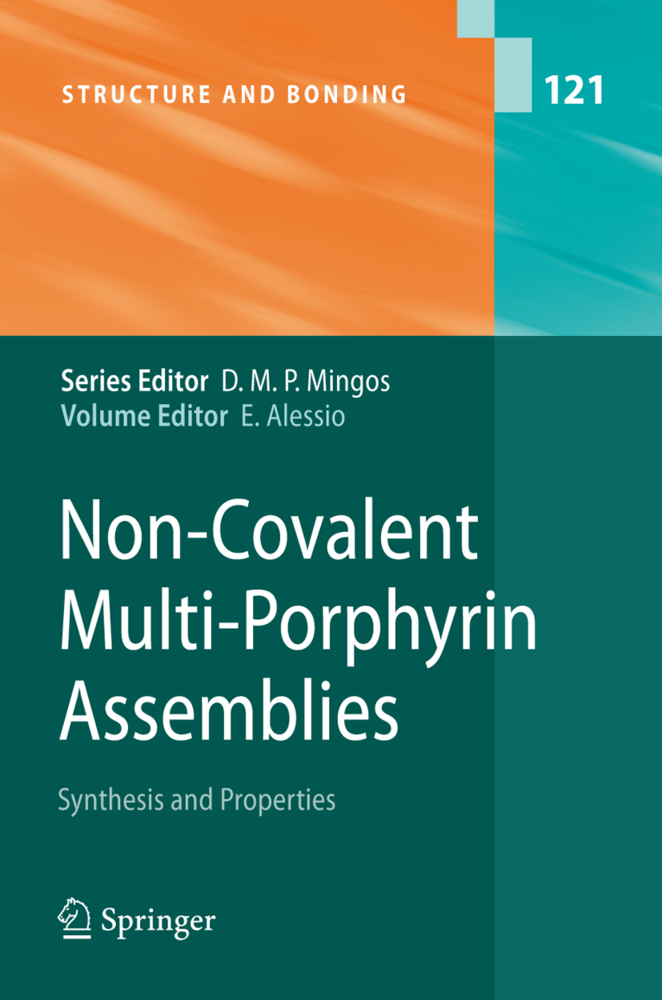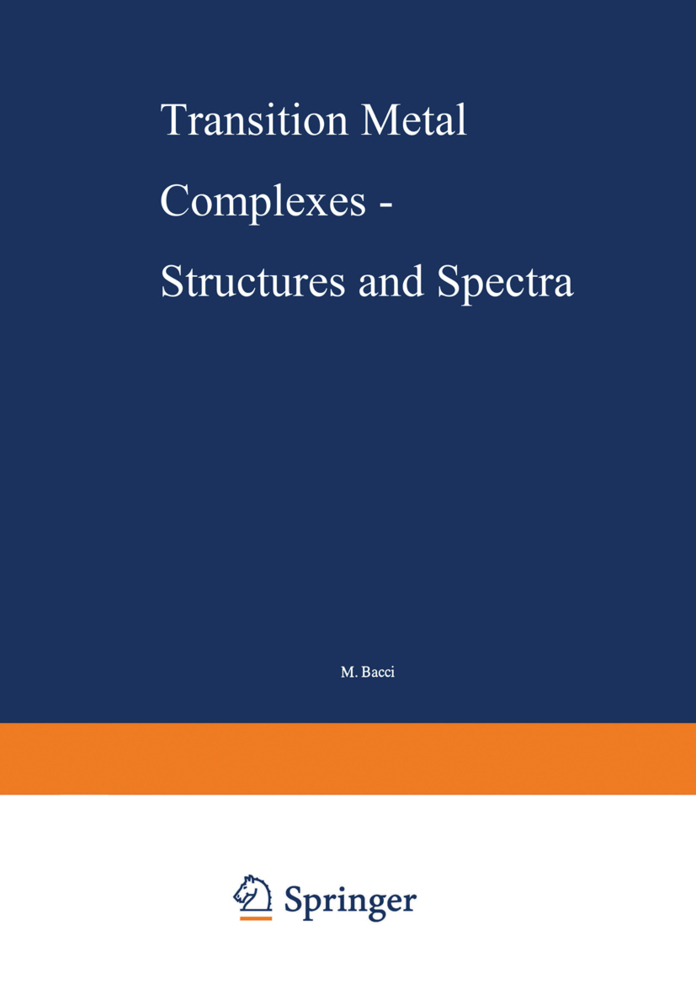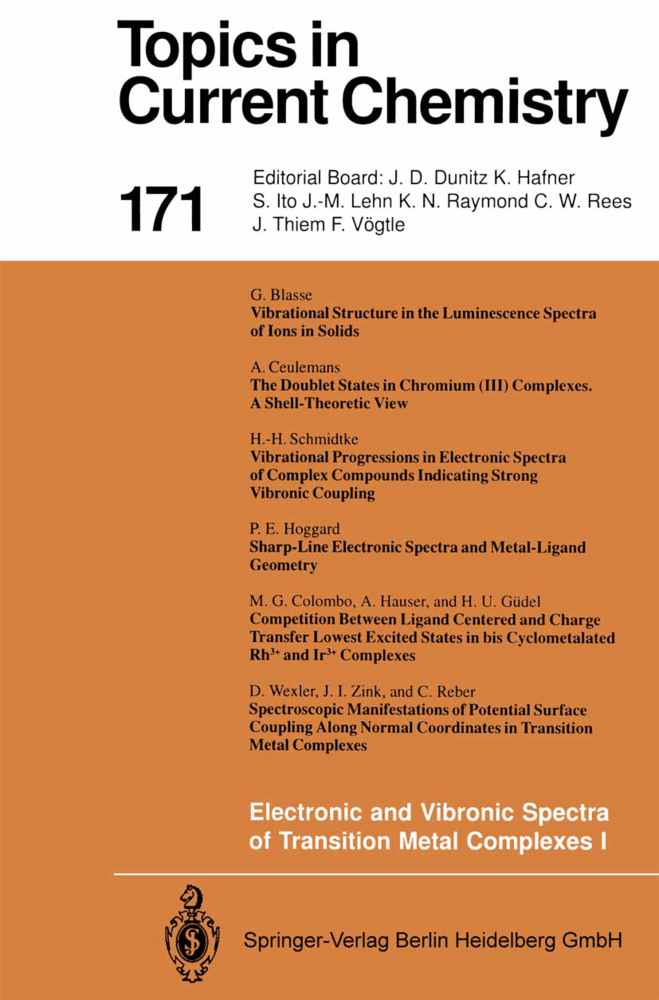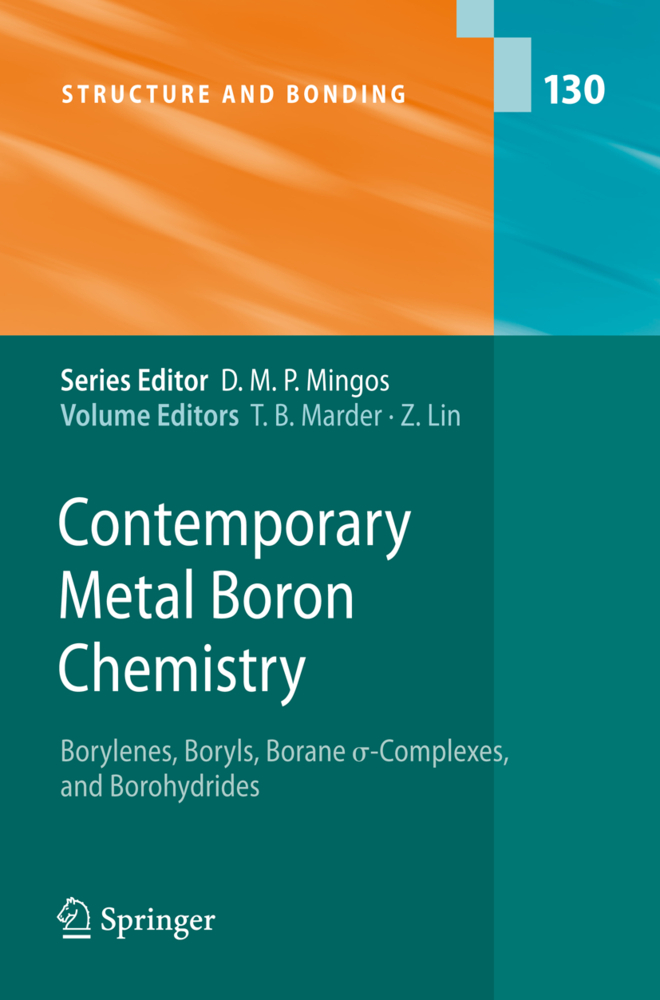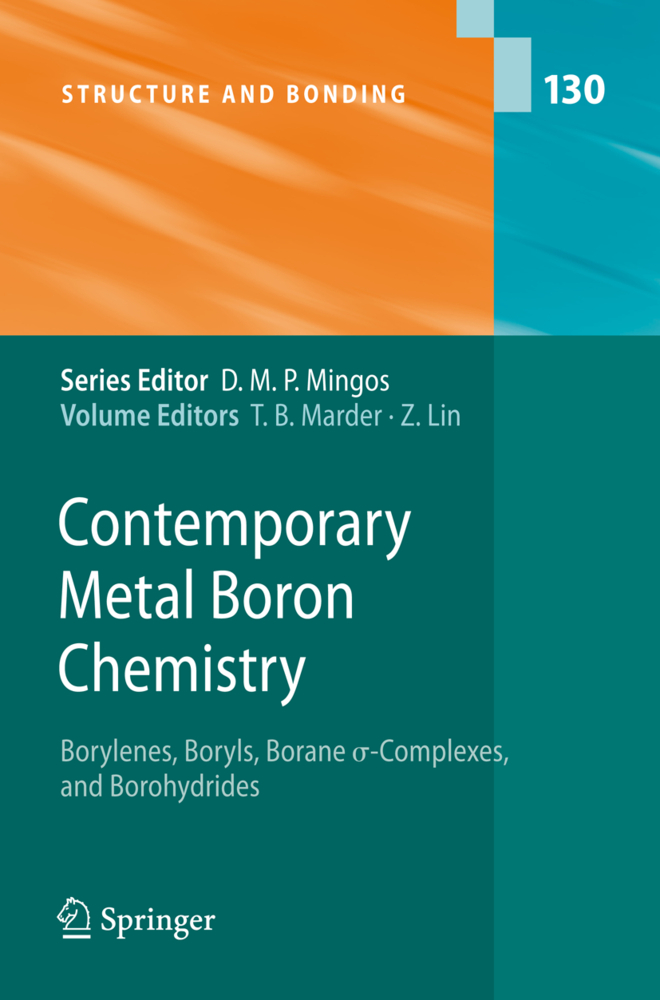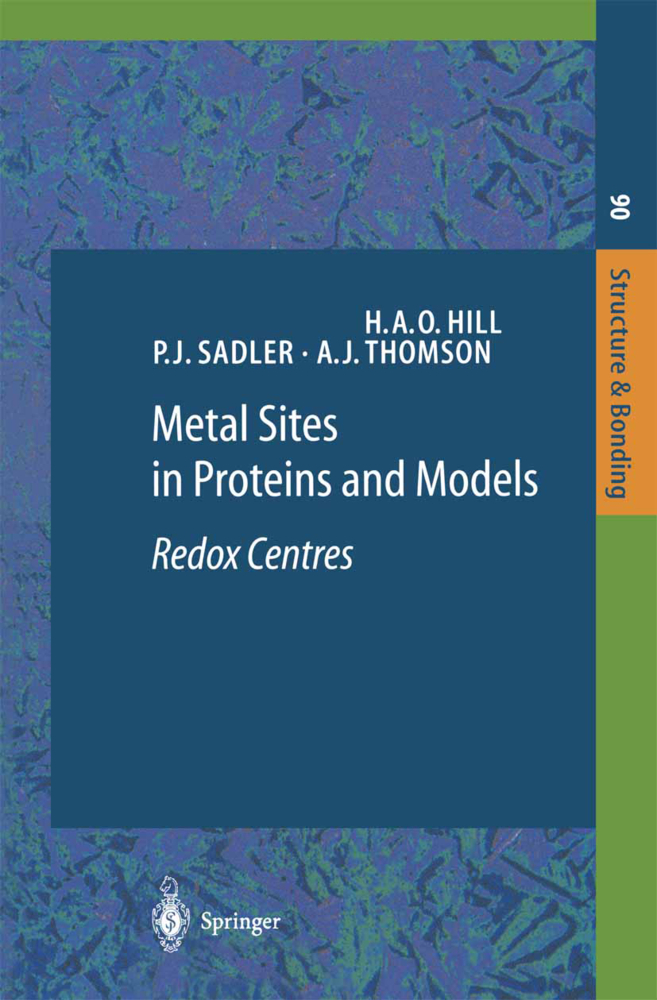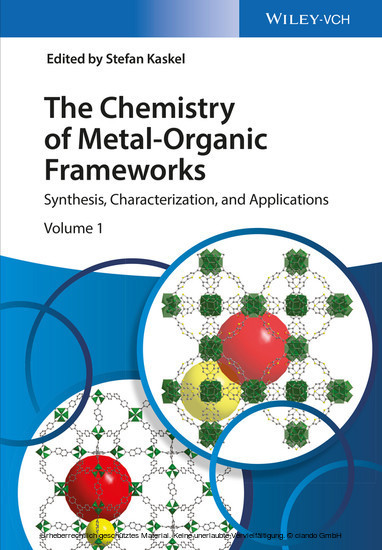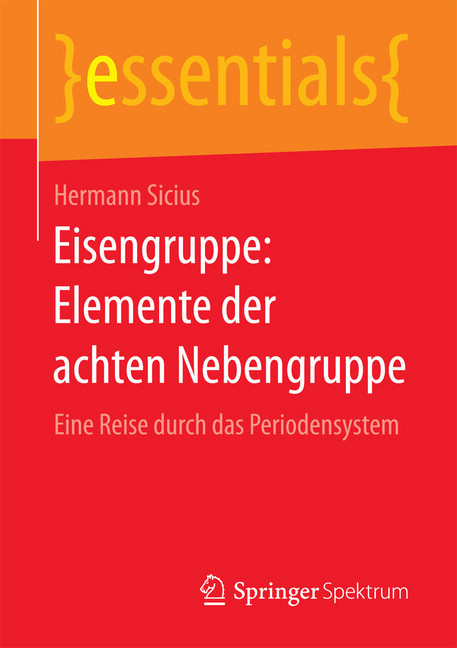Magnetochemistry
Magnetochemistry
This is a book about things in magnetism that interest me. I think that these are important things which will interest a number of other chemists. The restriction is important, because it is difficult to write well about those things which are less familiar to an author. In general, the chemistry and physics of coordination compounds are what this book is about. Magnetochemistry is the study of the ground states of metal ions. When the ions are not interacting, then the study of single-ion phenomena is called paramagnetism. When the metal ions interact, then we are concerned with collective phenomena such as occur in long-range ordering. Several years ago, Hans van Duyneveldt and I published a book that explored these subjects in detail. Since that time, the field has grown tremendously, and there has been a need to bring the book up to date. Furthermore, I have felt that it would be useful to include more subsidiary material to make the work more useful as a textbook. This book is the result of those feelings of mine.
1.2 Diamagnetism
1.3 Atomic Term Symbols
1.4 Paramagnetism
1.5 Some Curie Law Magnets
1.6 Curie-Weiss Law
1.7 Temperature Independent Paramagnetism
1.8 References
1.9 General References
1.10 Appendix
2. Paramagnetism: Zero-Field Splittings
2.1 Introduction
2.2 Van Vleck's Equation
2.3 Paramagnetic Anisotropy
2.4 Spin-Orbit Coupling
2.5 Effective Spin
2.6 Direct Measurement of D
2.7 Electron Paramagnetic Resonance
2.8 References
3. Thermodynamics
3.1 Introduction
3.2 Thermodynamic Relations
3.3 Thermal Effects
3.4 Adiabatic Demagnetization
3.5 Schottky Anomalies
3.6 Spin-Lattice Relaxation
3.7 References
4. Paramagnetism and Crystalline Fields: The Iron Series Ions
4.1 Introduction
4.2 Magnetic Properties of Free Ions
4.3 Quenching of Orbital Angular Momentum
4.4 Coordination Compounds
4.5 Jahn-Teller Behavior
4.6 The Iron Series Ions
4.7 References
5. Introduction to Magnetic Exchange: Dimers and Clusters
5.1 Introduction
5.2 Energy Levels and Specific Heats
5.3 Magnetic Susceptibilities
5.4 Copper Acetate and Related Compounds
5.5 Some Other Dimers
5.6 EPR Measurements
5.7 Clusters
5.8 The Ising Model
5.9 References
6. Long-Range Order. Ferromagnetism and Antiferromagnetism
6.1 Introduction
6.2 Molecular Field Theory of Ferromagnetism
6.3 Thermal Effects
6.4 Molecular Field Theory of Antiferromagnetism
6.5 Ising, XY, and Heisenberg Models
6.6 Dipole-Dipole Interactions
6.7 Exchange Effects on Paramagnetic Susceptibilities
6.8 Superexchange
6.9 Field Dependent Phenomena
6.10 Ferromagnets
6.11 Ferrimagnetism
6.12 Canting and Weak Ferromagnetism
6.13 Characteristic Behavior of the 3d Ions
6.14References
7. Lower Dimensional Magnetism
7.1 Introduction
7.2 One-Dimensional or Linear Chain Systems
7.3 Long-Range Order
7.4 Alternating Linear Chains
7.5 Spin-Peierls Systems
7.6 Two-Dimensional or Planar Systems
7.7 CaCu(0Ac)4 · 6H20
7.8 Metamagnetism
7.9 Canting and Weak Ferromagnetism
7.10 Some Ferromagnetic Linear Chains
7.11 Solitons
7.12 References
8. The Heavy Transition Metals
8.1 Introduction
8.2 Molybdenum (III)
8.3 Ruthenium (III)
8.4 Rhenium (IV)
8.5 Osmium (III)
8.6 Iridium (IV)
8.7 References
9. The Rare Earths or Lanthanides
9.1 Introduction
9.2 Cerium
9.3 Praseodymium
9.4 Neodymium
9.5 Samarium
9.6 Europium
9.7 Gadolinium
9.8 Terbium
9.9 Dysprosium
9.10 Holmium
9.11 Erbium
9.12 Thulium
9.13 Ytterbium
9.14 Some Other Systems
9.15 References
10. Selected Examples
10.1 Introduction
10.2 Hydrated Nickel Halides
10.3 Tris (dithiocarbamates) of Iron (III)
10.4 Spin-3/2 Iron (III)
10.5 Manganous Acetate Tetrahydrate
10.6 Polymerie NiX2L2
10.7 Hydrated Nickel Nitrates
10.8 The Pyridine N-Oxide Series
10.9 The A2[FeX5(H20)] Series of Antiferromagnets
10.10 Some Dilution Experiments
10.11 Biomagnetochemistry of Cobalt (II)
10.12 References
11. Some Experimental Techniques
11.1 Introduction
11.2 Specific Heat Measurements
11.3 Gouy and Faraday Balances
11.4 Susceptibilities in Alternating Fields
11.5 Anisotropic Susceptibilities
11.6 References
Formula Index.
1. Diamagnetism and Paramagnetism
1.1 Introduction1.2 Diamagnetism
1.3 Atomic Term Symbols
1.4 Paramagnetism
1.5 Some Curie Law Magnets
1.6 Curie-Weiss Law
1.7 Temperature Independent Paramagnetism
1.8 References
1.9 General References
1.10 Appendix
2. Paramagnetism: Zero-Field Splittings
2.1 Introduction
2.2 Van Vleck's Equation
2.3 Paramagnetic Anisotropy
2.4 Spin-Orbit Coupling
2.5 Effective Spin
2.6 Direct Measurement of D
2.7 Electron Paramagnetic Resonance
2.8 References
3. Thermodynamics
3.1 Introduction
3.2 Thermodynamic Relations
3.3 Thermal Effects
3.4 Adiabatic Demagnetization
3.5 Schottky Anomalies
3.6 Spin-Lattice Relaxation
3.7 References
4. Paramagnetism and Crystalline Fields: The Iron Series Ions
4.1 Introduction
4.2 Magnetic Properties of Free Ions
4.3 Quenching of Orbital Angular Momentum
4.4 Coordination Compounds
4.5 Jahn-Teller Behavior
4.6 The Iron Series Ions
4.7 References
5. Introduction to Magnetic Exchange: Dimers and Clusters
5.1 Introduction
5.2 Energy Levels and Specific Heats
5.3 Magnetic Susceptibilities
5.4 Copper Acetate and Related Compounds
5.5 Some Other Dimers
5.6 EPR Measurements
5.7 Clusters
5.8 The Ising Model
5.9 References
6. Long-Range Order. Ferromagnetism and Antiferromagnetism
6.1 Introduction
6.2 Molecular Field Theory of Ferromagnetism
6.3 Thermal Effects
6.4 Molecular Field Theory of Antiferromagnetism
6.5 Ising, XY, and Heisenberg Models
6.6 Dipole-Dipole Interactions
6.7 Exchange Effects on Paramagnetic Susceptibilities
6.8 Superexchange
6.9 Field Dependent Phenomena
6.10 Ferromagnets
6.11 Ferrimagnetism
6.12 Canting and Weak Ferromagnetism
6.13 Characteristic Behavior of the 3d Ions
6.14References
7. Lower Dimensional Magnetism
7.1 Introduction
7.2 One-Dimensional or Linear Chain Systems
7.3 Long-Range Order
7.4 Alternating Linear Chains
7.5 Spin-Peierls Systems
7.6 Two-Dimensional or Planar Systems
7.7 CaCu(0Ac)4 · 6H20
7.8 Metamagnetism
7.9 Canting and Weak Ferromagnetism
7.10 Some Ferromagnetic Linear Chains
7.11 Solitons
7.12 References
8. The Heavy Transition Metals
8.1 Introduction
8.2 Molybdenum (III)
8.3 Ruthenium (III)
8.4 Rhenium (IV)
8.5 Osmium (III)
8.6 Iridium (IV)
8.7 References
9. The Rare Earths or Lanthanides
9.1 Introduction
9.2 Cerium
9.3 Praseodymium
9.4 Neodymium
9.5 Samarium
9.6 Europium
9.7 Gadolinium
9.8 Terbium
9.9 Dysprosium
9.10 Holmium
9.11 Erbium
9.12 Thulium
9.13 Ytterbium
9.14 Some Other Systems
9.15 References
10. Selected Examples
10.1 Introduction
10.2 Hydrated Nickel Halides
10.3 Tris (dithiocarbamates) of Iron (III)
10.4 Spin-3/2 Iron (III)
10.5 Manganous Acetate Tetrahydrate
10.6 Polymerie NiX2L2
10.7 Hydrated Nickel Nitrates
10.8 The Pyridine N-Oxide Series
10.9 The A2[FeX5(H20)] Series of Antiferromagnets
10.10 Some Dilution Experiments
10.11 Biomagnetochemistry of Cobalt (II)
10.12 References
11. Some Experimental Techniques
11.1 Introduction
11.2 Specific Heat Measurements
11.3 Gouy and Faraday Balances
11.4 Susceptibilities in Alternating Fields
11.5 Anisotropic Susceptibilities
11.6 References
Formula Index.
Carlin, Richard L.
| ISBN | 978-3-642-70735-3 |
|---|---|
| Artikelnummer | 9783642707353 |
| Medientyp | Buch |
| Auflage | 1986 |
| Copyrightjahr | 2011 |
| Verlag | Springer, Berlin |
| Umfang | XI, 328 Seiten |
| Abbildungen | XI, 328 p. |
| Sprache | Englisch |

